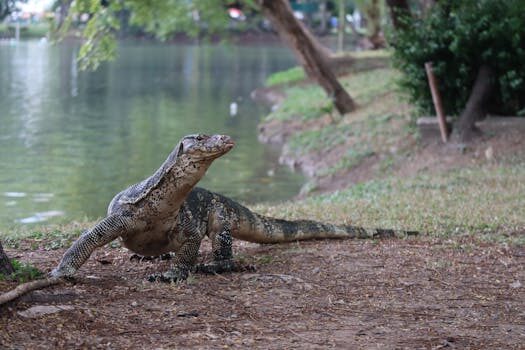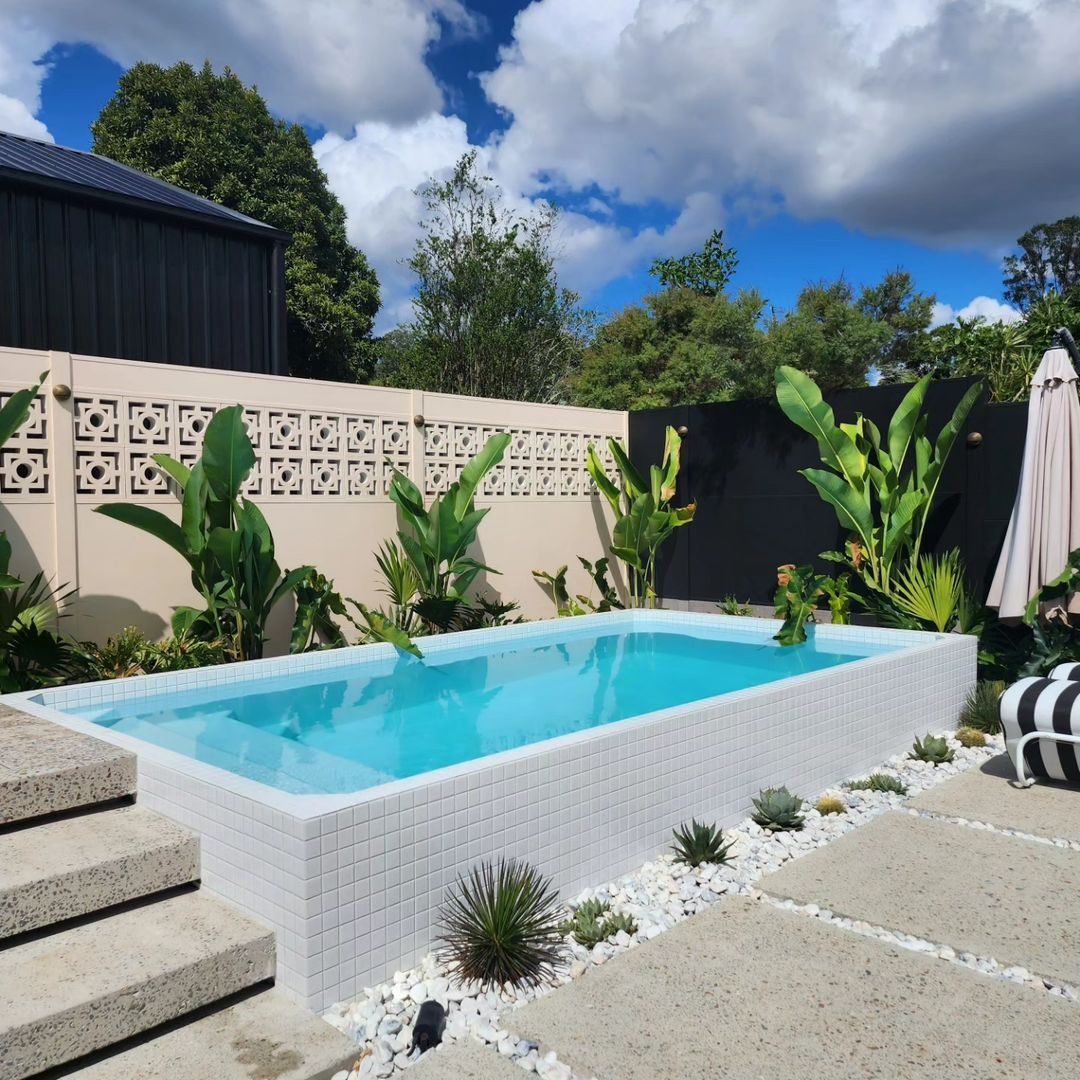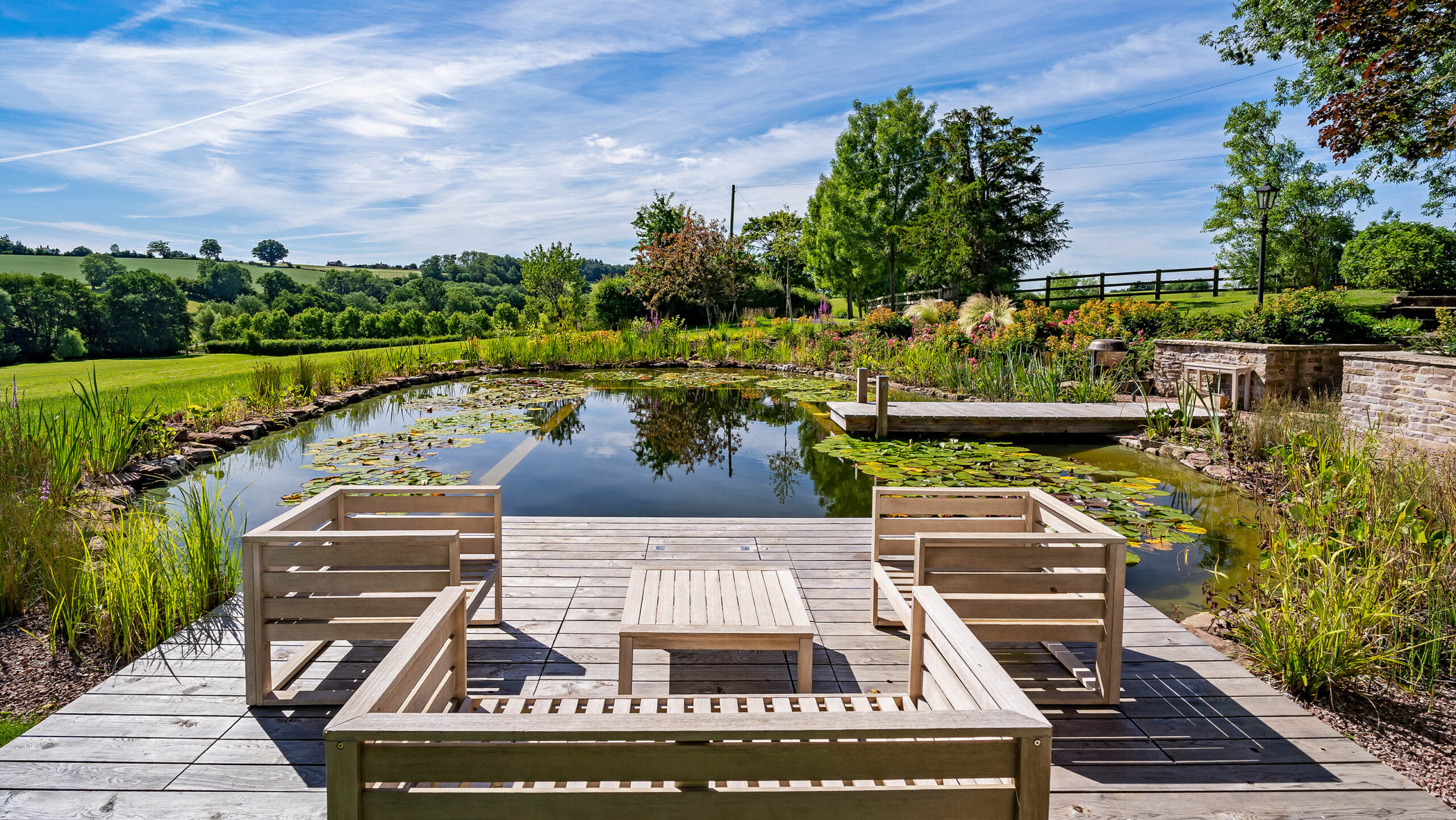Swimming pools have long been a staple of leisure and luxury in backyard design, but in recent years, natural pools have emerged as a sustainable alternative that blends aesthetics with eco-friendliness. These swimming ponds not only serve as a place to cool off on a hot day but also as a haven for wildlife and a stunning visual element that enhances the natural beauty of any garden.
With the growing interest in eco-friendly landscaping and sustainable living, homeowners are turning towards natural pools: 10 stunning designs and ideas for backyard swimming ponds to transform their outdoor spaces. In this article, we’ll explore how these pools work, their benefits, and provide you with design inspiration and tips to create your own backyard oasis.
How Do Natural Pools Work?
Natural pools are ingeniously designed to use nature’s own methods for maintaining water clarity and cleanliness. Instead of relying on chemicals like chlorine, these pools are equipped with a biological filter and plants that work together to purify the water.
The system functions by pumping water through a regeneration zone, where micro-organisms and specific plant species remove bacteria and other impurities. This creates a harmonious ecosystem where the water is continuously filtered in a natural, energy-efficient way.
With the right design, natural pools can provide crystal-clear water that is kinder to the skin and the environment. These pools not only offer a stunning visual element but a sustainable and health-conscious alternative to traditional chlorinated swimming pools.
What Are the Benefits of Natural Pools?
Choosing a natural swimming pond over a traditional pool comes with a myriad of benefits. Eco-friendly attributes top the list, as natural pools significantly reduce the need for harmful chemicals, making them a better choice for the environment and your wellbeing.

These pools also seamlessly merge with the surrounding landscape, enhancing biodiversity by attracting wildlife such as birds, butterflies, and beneficial insects. Moreover, they can be a cost-effective solution in the long run, with reduced maintenance costs associated with chemical treatments.
Year-round visual appeal is another significant advantage. Even in colder months when swimming isn’t an option, a natural pool maintains its beauty, acting as a reflective water feature that brings tranquility to your garden.
How Do You Maintain a Natural Pool?
Maintaining a natural pool requires a different approach than traditional pools. It involves ensuring that the ecosystem is balanced, which can be achieved with regular checks and minor adjustments.
Skimming leaves and debris, managing the plants in the regeneration zone, and monitoring water levels are essential practices. While it may sound daunting, with a well-designed system, maintenance can be minimal, and you’ll spend more time enjoying your pool than caring for it.
- Regularly check and adjust water pH levels if necessary.
- Trim and manage aquatic plants to maintain effective filtration.
- Monitor the pool’s wildlife and remove any invasive species.
What Are My Swimming Pool Design Options?
Designing a natural pool is an exciting process that allows for creativity and personalization. Whether you’re looking for a sleek, modern look or a rustic, lagoon-style pool, there are designs to suit every taste.
Options range from in-ground designs that blend with the landscape to raised pools with stone borders or wooden decks. You can customize the shape, depth, and materials to create a unique focal point that complements your outdoor space.

For those who desire a multi-functional space, consider dividing your pool into a swimming zone and a regeneration area, both serving distinct purposes yet functioning synergistically to maintain a clean and healthy swimming environment.
What Materials Should I Incorporate into My Pool Design?
Selecting the right materials for your natural pool is critical for both its functionality and aesthetics. Natural stone, clay, and gravel are popular choices that not only look beautiful but also contribute to the pool’s filtration system.
For the pool liner, materials such as EPDM rubber offer durability and are safe for both humans and wildlife. The incorporation of locally sourced materials can also reduce the environmental impact and provide a seamless integration with the natural surroundings.
Remember to choose materials that are resilient and non-toxic, ensuring longevity and a healthy ecosystem within your natural swimming pond.
What Swimming Pool Extras and Accessories Can I Add?
Enhancing your natural pool with extras and accessories can elevate the swimming experience while adding a touch of personal flair. Features such as underwater lighting, wooden jetties, and natural rock waterfalls not only add beauty but can also contribute to the pool’s circulation and filtration.
For those who enjoy entertaining, adding a pool house, outdoor kitchen, or fire pit area can create a multi-use space that serves as the ultimate backyard destination. Consider the following accessories for an enjoyable and functional natural pool:

- Waterfalls or fountains for aeration and ambiance.
- Nature-inspired slides or diving rocks for added fun.
- Seating areas or sun shelves for relaxation.
Tips on Natural Swimming Ponds for the Garden from Expert Designers
Expert designers recommend focusing on the balance between aesthetics and ecology when planning your natural swimming pond. It’s crucial to work with the existing landscape, utilizing the contours of your garden to inform the shape and style of your pool.
Plant selection is also vital; choose native species that not only thrive in your climate but also support the pool’s filtration process. Diverse plantings around the pool’s perimeter can create a lush, natural look while aiding in water purification.
Lastly, consider the aspect of safety, especially if children will be using the pool. Gentle slopes, shallow areas, and clear zones free of plants can provide safer swimming spots while still maintaining the natural aesthetic.
Related Questions About Natural Swimming Ponds
How Much Does a Natural Pool Cost?
The cost of a natural pool can vary widely based on size, design complexity, and regional factors. While initial construction costs may be higher than traditional pools due to the specialized design and materials, long-term savings on chemicals and maintenance can offset the initial investment.
It’s best to consult with a professional natural swimming pool builder to get an accurate estimate for your specific project. They can provide insights into the most cost-effective approaches to create the natural pool of your dreams.
What Are the Maintenance Requirements for Natural Pools?
Maintenance for natural pools involves ensuring a balanced ecosystem and may include tasks such as trimming plants, managing algae, and occasionally refreshing the water. Unlike traditional pools, natural pools require less frequent and less intensive maintenance, making them a convenient option for many homeowners.

Regular monitoring and quick responses to any imbalances can keep your natural pool clean and thriving throughout the year.
What Are the Most Popular Materials for Building Pools?
For natural pools, popular materials include natural stones, gravel, and clay. These materials not only create a more natural appearance but also play a role in the filtration process. Choosing durable and eco-friendly materials is key to a successful natural pool design.
For traditional swimming pools, concrete, fiberglass, and vinyl are common choices, offering different benefits in terms of cost, durability, and maintenance.
Can I Build a Natural Pool in a Small Backyard?
Yes, natural pools can be designed to fit into smaller backyards. With careful planning and creative design, you can have a beautiful and functional natural swimming pond even in limited spaces. Utilizing vertical elements and smart landscaping can enhance the sense of space and contribute to the pool’s natural ecosystem.
It’s important to work with a designer experienced in small-scale projects to ensure the best use of available space.
What Are the Best Plants for Surrounding a Natural Pool?
The best plants for surrounding a natural pool are those that are native to your region, non-invasive, and have filtration properties. Aquatic plants like water lilies, cattails, and rushes are excellent for water purification, while surrounding landscaping with grasses, shrubs, and perennials can create a diverse habitat and add to the pool’s beauty.

Choose plants that will thrive in the wet conditions and contribute positively to the pool’s ecosystem.
To give you a glimpse into the world of natural pools, here’s a video from a natural swimming pool expert detailing some of the design considerations and benefits:
In conclusion, natural pools offer a stunning, sustainable, and health-conscious alternative to traditional swimming pools. Whether you’re seeking a serene retreat or a lively gathering spot, these swimming ponds can be tailored to your needs and preferences. With the right design, materials, and maintenance, your backyard can become a harmonious extension of the natural world.
 Plunge pool ideas: 9 small designs for a refreshing backyard dip
Plunge pool ideas: 9 small designs for a refreshing backyard dip
